Wondering what it is like to visit Saudi Arabia today?
When most people think of Saudi Arabia, they imagine vast deserts, veiled women, and strict Sharia Law. However, since 2017, when the new ruler, Mohammed Bin Salman Al Saud (also known as MBS), came to power, the country has changed almost completely.
The country at a crossroads
When MBS came to power, Saudi Arabia had been doing the same thing that it had done for a long time. Its economy was based on oil and money from pilgrims to Mecca. It was arguably one of the most strict Muslim countries. Public entertainment, the mixing of gender, and tourism was banned. Women could not drive, let alone work alongside men.
Yet, MBS knew that this wouldn’t allow the country to lead into the future. He knew some changes had to be made. The economy had to be diversified. The potential of women, 50% of the country’s workforce, had to be utilized. Perhaps most importantly, in the new digital world, the next generation of young Saudis had to feel like they were given opportunities to enjoy life like they saw on the media.
This led to sweeping, massive changes to every aspect of Saudi life. A grandiose vision for 2030 was put in place, and every aspect of Saudi political, social, and economic life was changed almost overnight.
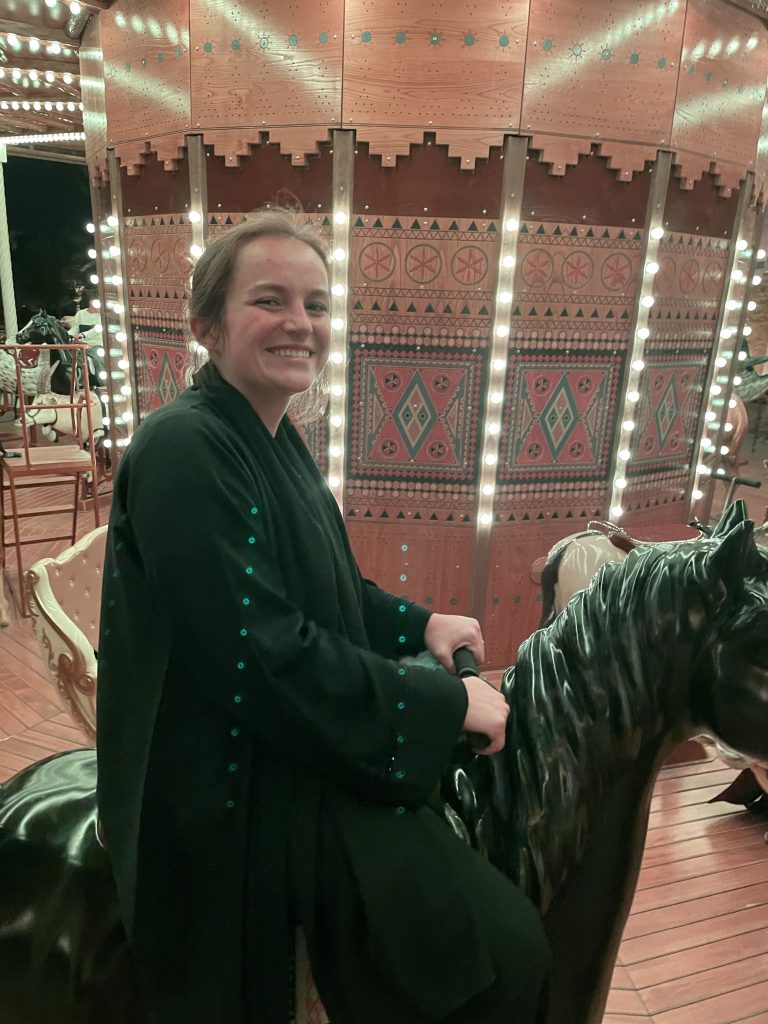
What do these changes mean for tourism?
First, and most importantly, MBS’s changes opened the doors for tourism to the Kingdom for the first time ever. Before 2017, tourism was simply not allowed in the country. If one wanted to visit Saudi Arabia, they either had to receive a business visa or travel as a Muslim Pilgrimage to Mecca or Medina.
Perhaps even more importantly, this new system of tourism opened up a number of incredible sites in the country that were previously inaccessible for even locals. As part of the strict form of Islam known as Wahhabism that was practiced by previous rulers, any archaeological or historical sites that predated the founding of Islam (in 610 AD) were considered sinful and strictly off limits.
Yet, Saudi Arabia has been a crossroad of civilization for thousands of years, and this meant that so many incredible historical sites were completely off limits and forgotten about. Now, these sites are finally open, and they offer the chance to see the most remarkable historical sites in the Arabian Peninsula.
Creating a revenue stream based on tourism is part of the grand 2030 vision, and this also means that the country has invested considerable resources into making these sites easily accessible, trained numerous young people in tourism, and made the prospect of visiting these sites easy and enjoyable.
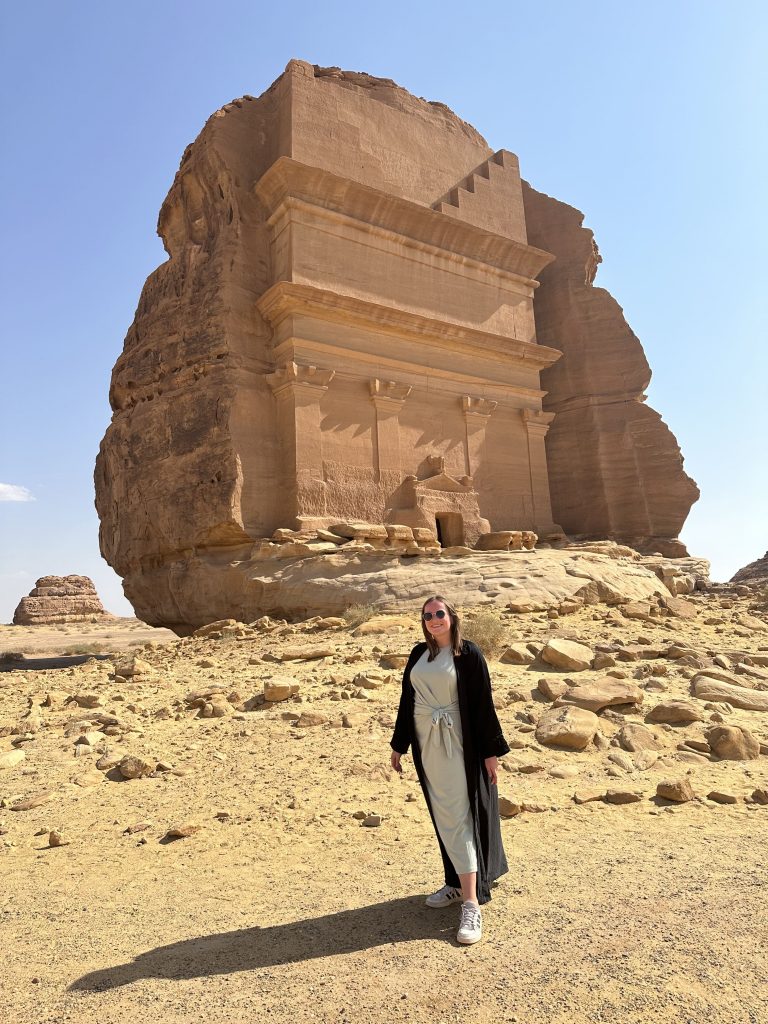
What are the best things to see as part of this transformation?
Some of my favorite pre-historic sites in Saudi Arabia include Al Ula, Jubbah, and Al Ahsa oasis.
Al Ula
Al Ula is truly the tourist jem of Saudi Arabia. Located in the North-west region of the country known as Tabuk, the small village of Al Ula was home to multiple ancient civilizations. Within one village, there are so many historical sites to see, including, but not limited to:
Hegra
Hegra refers to a massive quantity of ancient Nabatean tombs built within the rocks of the deserts. Built by the same kingdom that built Petra in Jordan, these 3000-year-old tombs are fantastically carved into the rolling desert landscape.
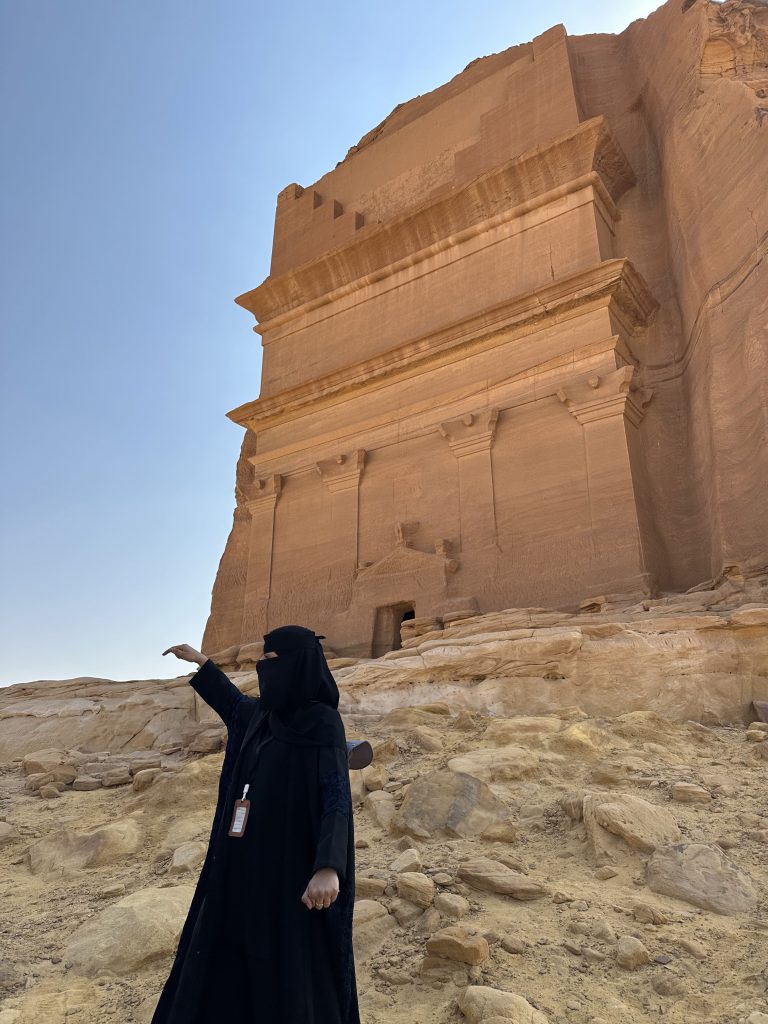
Ikmah Mountain
Ikmah mountain is often referred to as “the world’s first library” and for a good reason. At this oasis site, pilgrims have been engraving messages for over 5000 years. The rocks are covered in messages that tell the story of the region’s ancient history, starting with petroglyphs of camels and tribes and extending to writings in Nabatean, Lihyanite, Aramahic, and Arabic. It is believed to be the site containing some of the world’s oldest written Arabic, as well as an inscription from the early 600s that is the first written recording of the development of Islam.
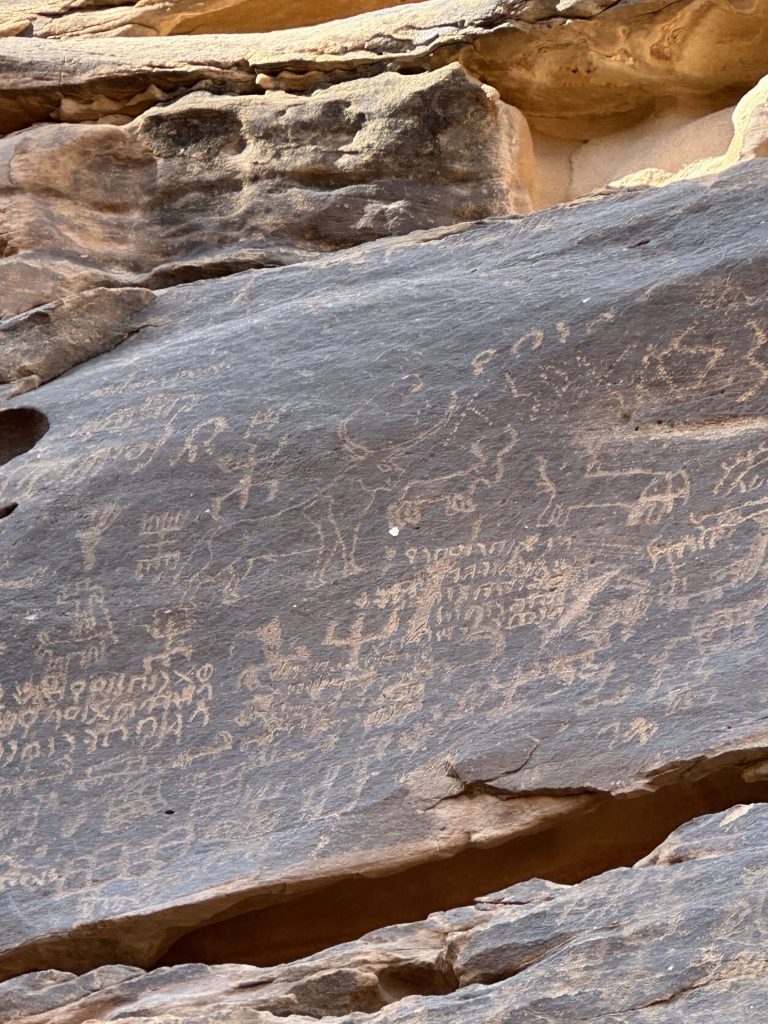
Al Ula Old Town
Al Ula Old Town perfectly captures the traditional living style of Saudi Arabia. Believed to have been inhabited for 1000s of years, the site is currently under excavation, where you can wander the incredible alleyways and houses of an ancient Saudi City.
Jubbah
Jubbah is a mountainous region of the Ha’il region that is one of the most dense sites for ancient petroglyphs in the world. With rock carvings dating from more than 9000 years, this site has been essential for ancient historians to discover the early development of human civilization.
However, what makes Jubbah most impressive is the sheer density of petroglyphs. The desert is absolutely covered in petroglyphs, and nearly every rock that you find in the rocky desert is host to an ancient message. There are so many that most have not even been discovered or recorded yet, and our YPT group actually found a bunch of new petroglyphs on our last visit there!
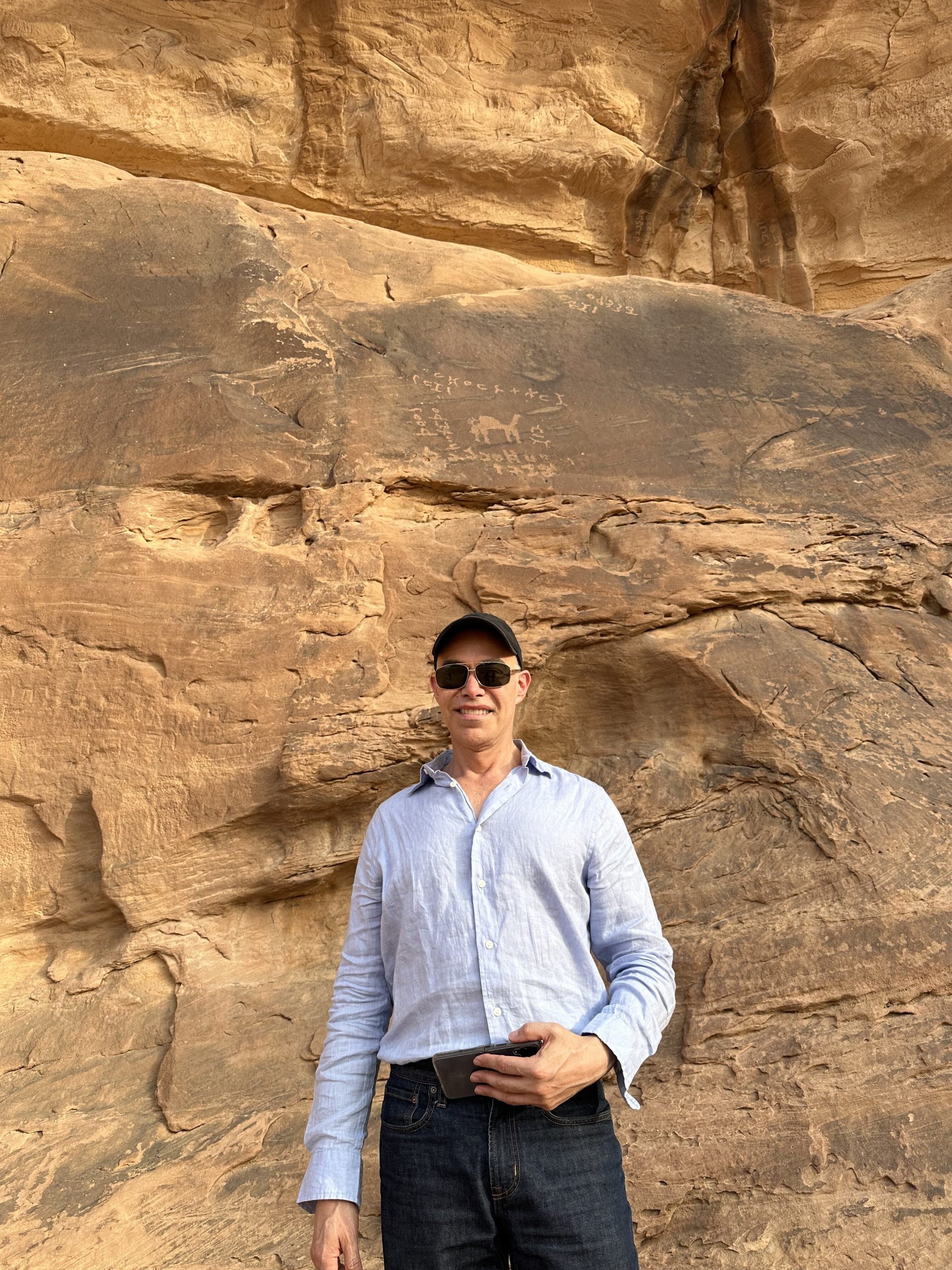
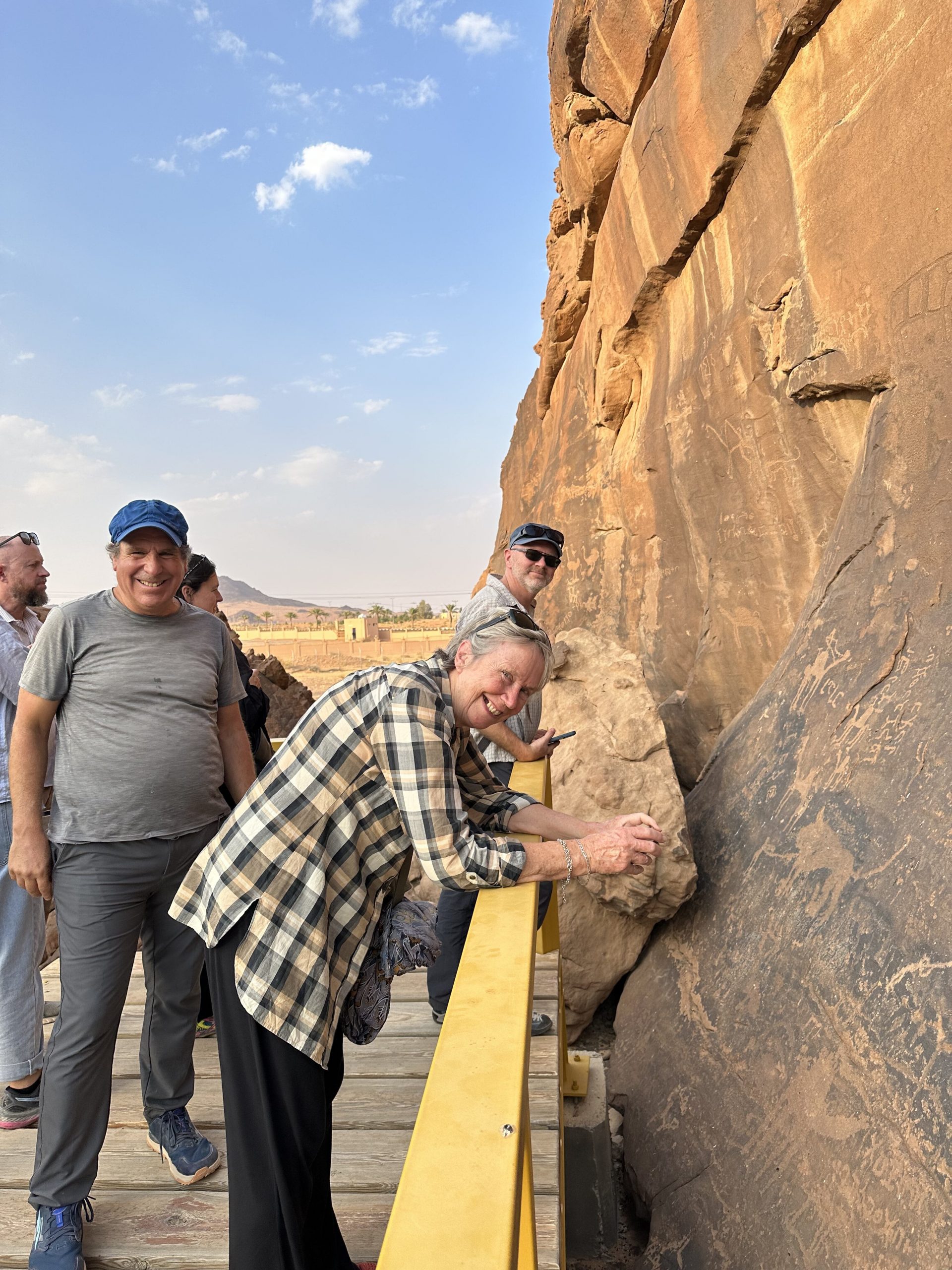
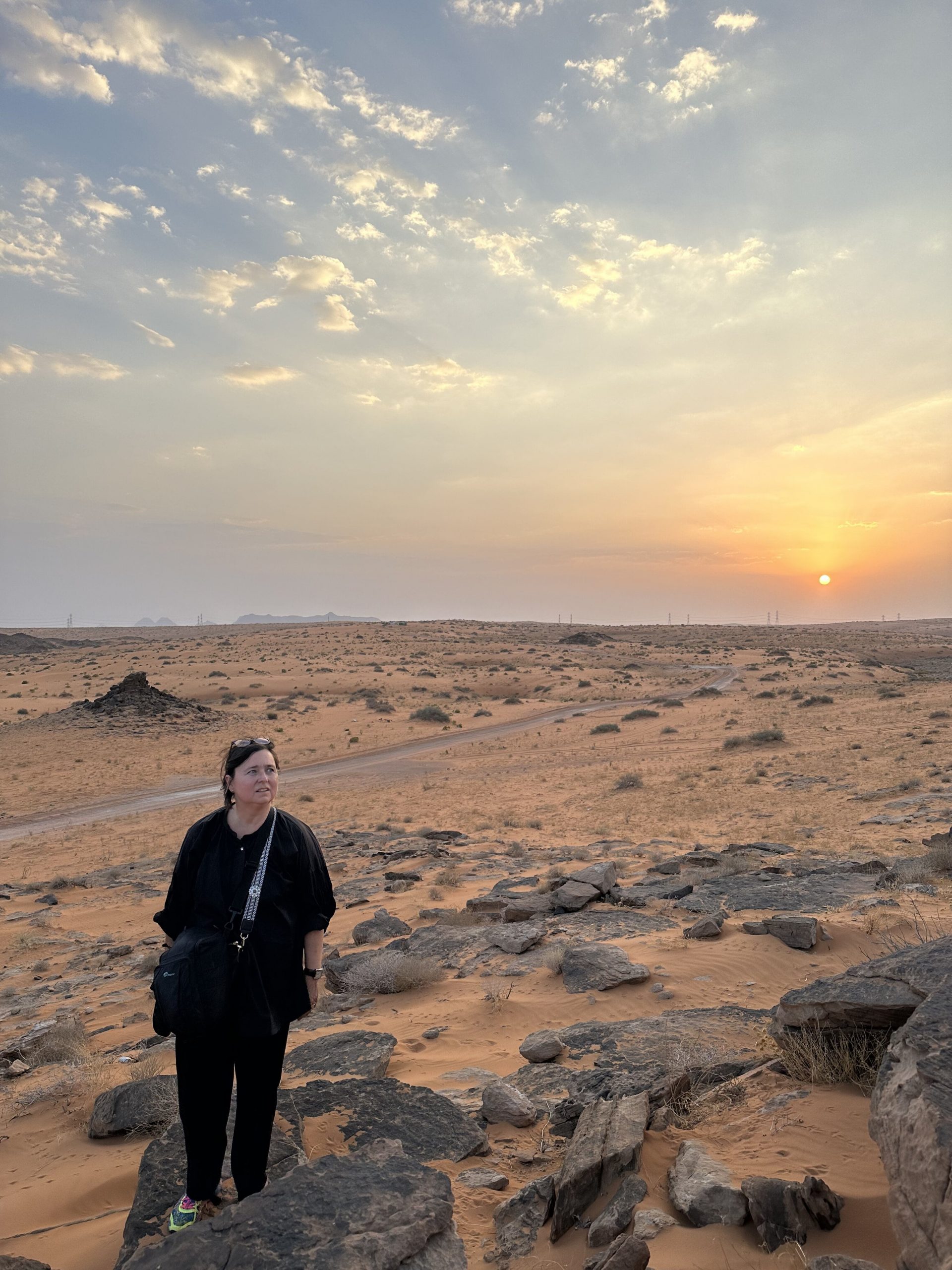
Al Ahsa Oasis
Al Ahsa oasis is home to the largest date palm oasis in the world. It is also home to the Al Qarrah mountain, which has an extensive cave system. These caves allowed for pre-Islamic and Prehistoric tribes to settle the region and create agriculture settlements in the region.
At Al-Ahsa, the new switch to promoting pre-Islamic history is especially noticeable, as numerous signs highlight the opinions of Islamic scholars that it is acceptable to understand pre-Islamic civilizations, as long as one does try to emulate them.
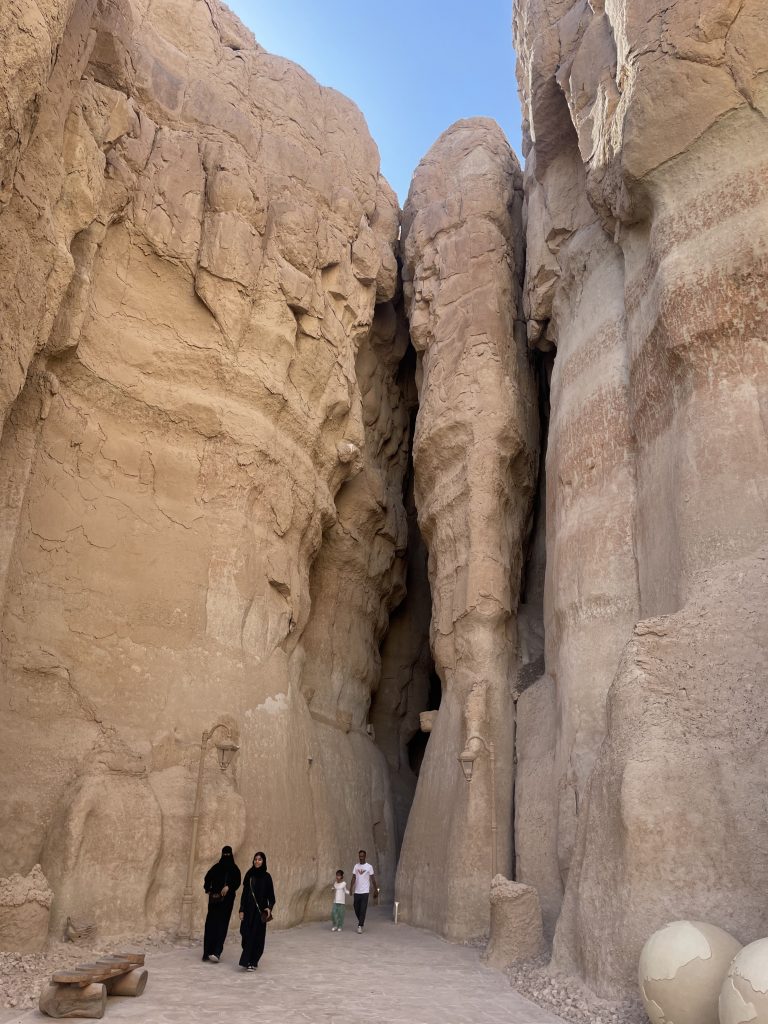
Interacting more with locals
While the new switch to tourism has enabled so many sites in Saudi Arabia to open up for the first time, my favourite impact of the new tourism-positive mission has been the increased opportunity to interact with locals. Saudi Arabia has been a notoriously difficult place to interact with locals because of the previous culture that encouraged women and men alike to not interact with non-muslims, tourists, or strangers.
However, since the nation has opened up and officially promoted tourism as a path to the future for its people, Saudi people have become much more opening to meeting outsiders and sharing their culture. Everywhere you go, you can find Saudis, young and old alike, who are excited to see you exploring their country and culture and who are interested in getting to know you!
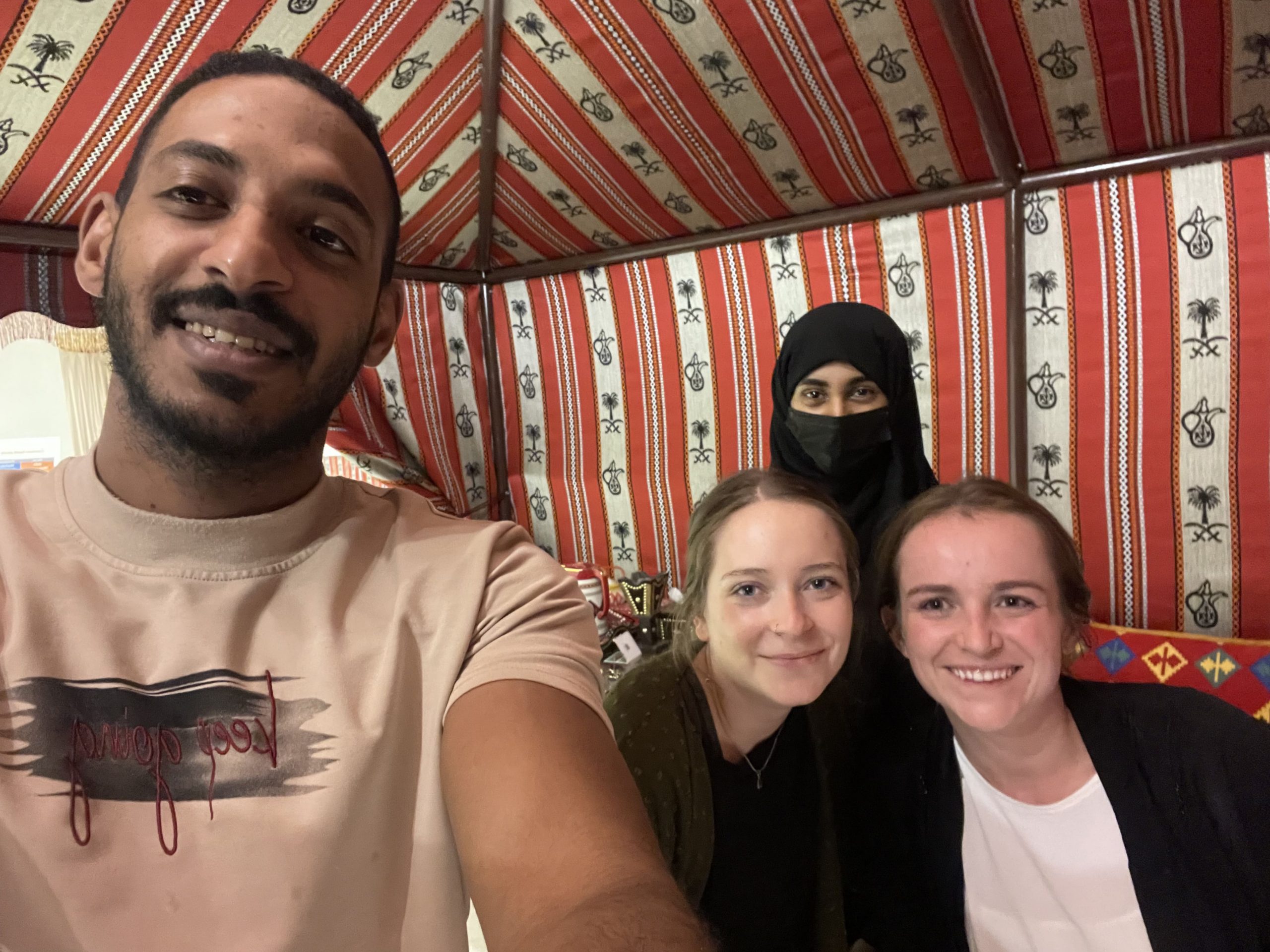
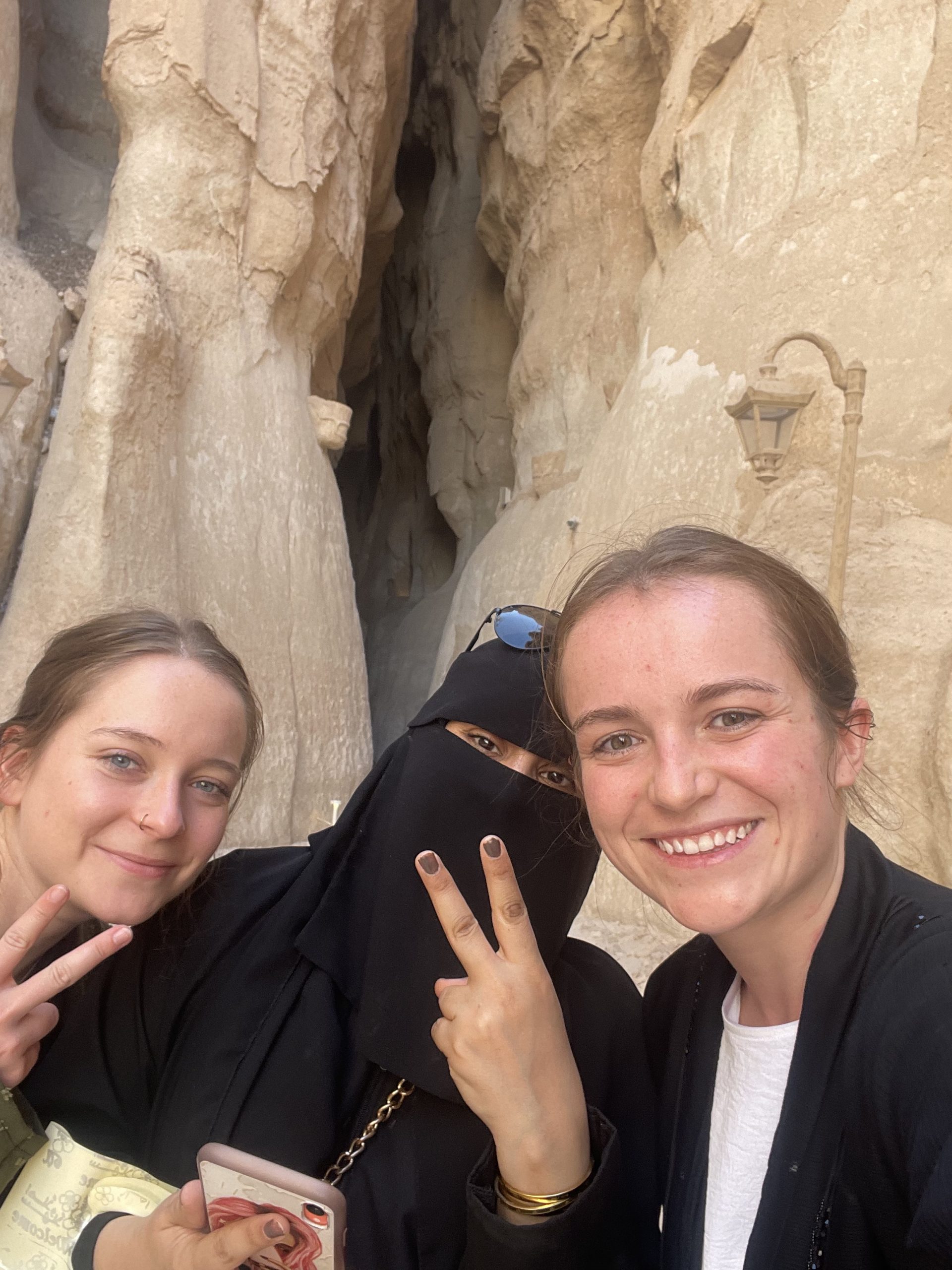
What does this mean for ethics of traveling to Saudi Arabia?
For a long time, many people also boycotted Saudi Arabia because of its human rights abuses and poor treatment of women.
However, as the country is now attempting to put itself on the international stage, so many of these issues are being improved. The infamous moral police, who once patrolled the streets looking for small infractions against strict norms of behaviour, have been abolished. Women are driving, receiving more social and political rights, and working alongside men. Human rights standards and fair pay for migrant workers have greatly improved as salaries have increased and labour laws have been initiated as part of the country’s new polices.
In this sense, now is perhaps the most ethical time to travel to Saudi Arabia. The country is working very hard and very fast to modernize, and there no longer remains ethical concerns in traveling to this historical Kingdom.
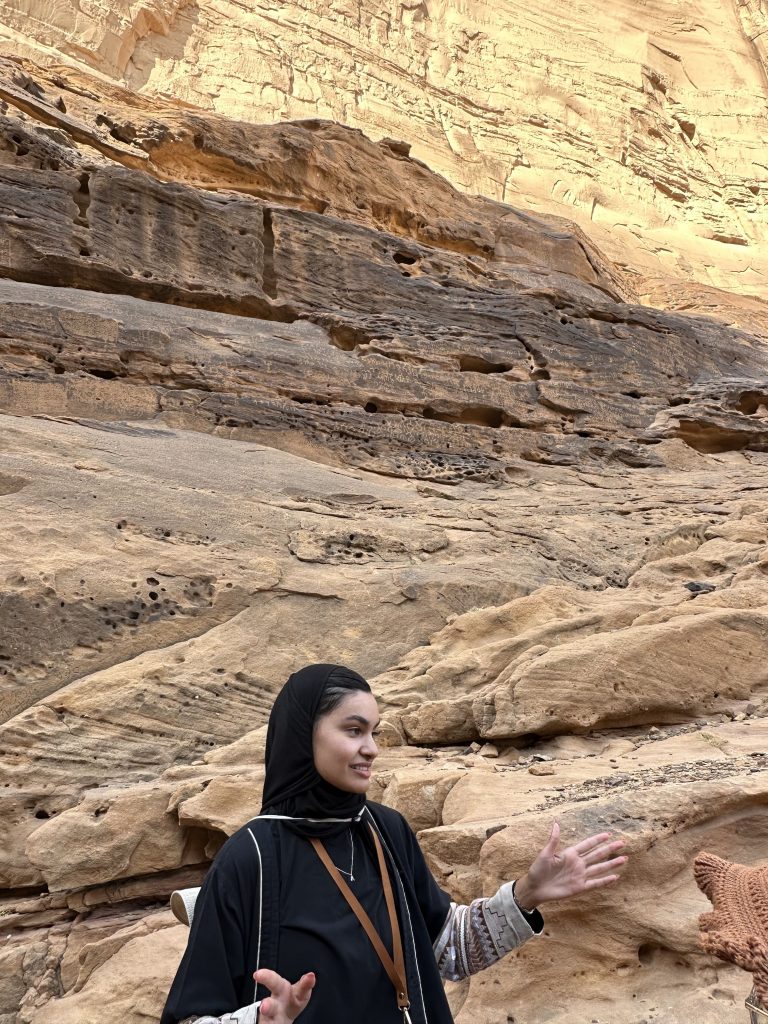
Why is now the best time to visit Saudi Arabia?
While so many positive changes have occurred in Saudi Arabia, a lot of people worry that its rapid pace of change will eventually lead to a loss of traditional culture. Many worry that Saudi Arabia will become like its neighbour the UAE, and as it becomes more and more internationalized, the culture of the Saudi people will become less visible and will be replaced by a more cosmopolitan, international atmosphere.
However, today, only 6 years after the initial transformation, Saudi Arabia is still holding on to so much of its culture, while also modernizing. It is a beautiful fusion of tradition and modernity.
As the country continues to change and develop, so much of this is likely to change, and there is no better time to explore the country before elements of tradition and the “old” Saudi Arabia completely disappear under the “new” modern country.
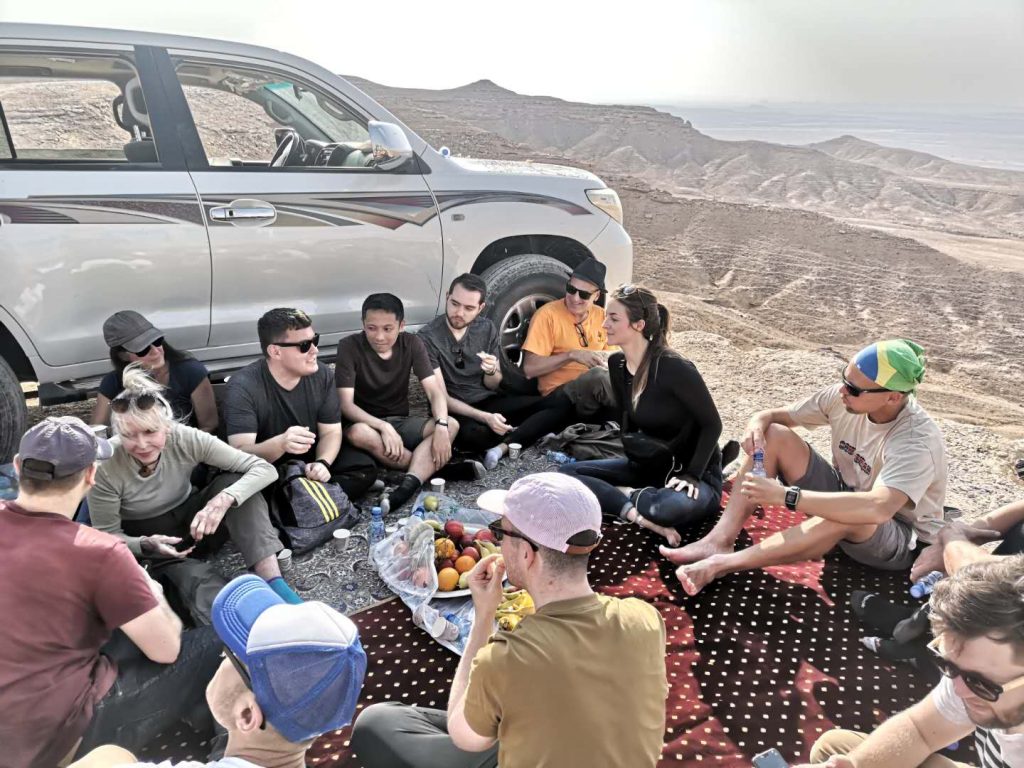
What is the future like for Saudi Arabia?
Saudi Arabia has already changed immensely, and it will likely continue to change in immeasurable ways in the upcoming years.
With the development of new cities and massive building projects such as Neom and The Line, traditional centres of Saudi culture and heritage are likely to switch, leaving behind an entire chapter of history and culture.
How can I visit Saudi Arabia now?
Saudi Arabia has issued an easy evisa system for people of many nationalities, as well as for those who hold visas to the US, UK, or Schengen region.
To truly see everything that this incredibly country has to offer, check out our upcoming group tours to Saudi Arabia!





